Articles
Ocean Shipping

National Security Starts With Individual Manufacturers
Shortages of personal protective equipment (PPE) and other critical supplies like pharmaceutical ingredients and materials used in key technologies during the earliest days of the pandemic prompted the Biden-Harris Administration in 2021 to outline steps strengthening critical supply chains. It’s a long-overdue move that to some transportation experts may not go far enough in protecting national security.
Read More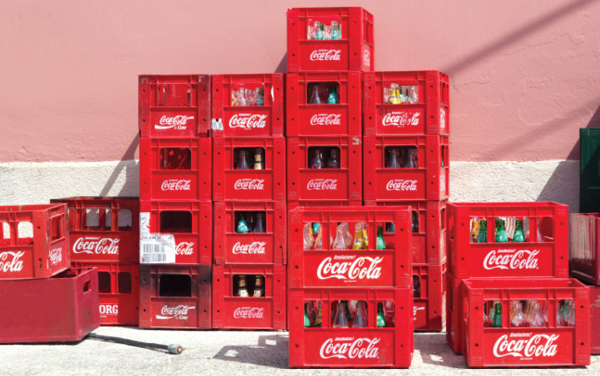
Things Go Better with Bulk
Due to shortages delaying—and even halting—transportation, big brands get creative to keep their product and materials moving. For example, Coca-Cola now transports materials in bulk shipping vessels, which are typically used for raw materials such as grain and coal. The beverage company chose the bulk carriers because it could not access containers and cargo space, […]
Read More
Unleash Short Sea?
The ports around the Great Lakes would love to help offset some of the pain of the horror show called the "shipping crisis." Guess what. They can’t by law. Thank the Harbor Maintenance Fee (HMF), a well-intended policy perfect for the 1980s, along with related regulations, for sidelining port capacity around the Great Lakes. The […]
Read More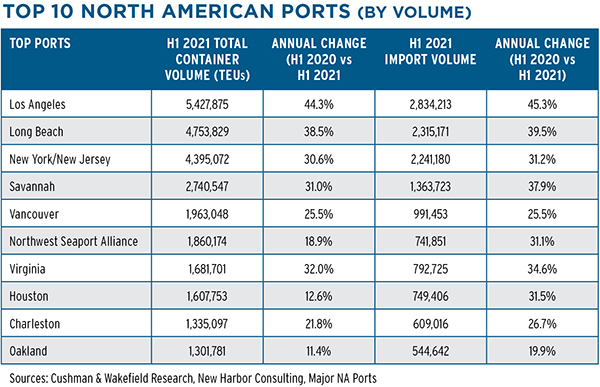
North American Ports Runneth Over
With consumer confidence increasing and economies opening, goods are moving through North American ports at an unprecedented rate, with imports through the ports of Los Angeles and Long Beach swelling 41.1% year over year through the first half of 2021 (see chart). Delays continue. Due to pent-up demand, major ports such as New York/New Jersey […]
Read More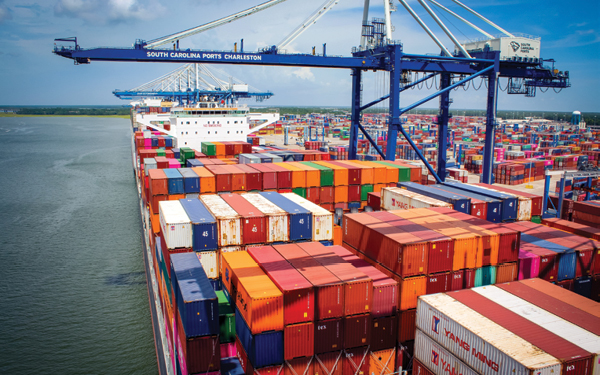
Port Services and Solutions
To address the multiple challenges of rising container volume, larger ships, and the need for more sustainable operations, many ports are embarking on substantial capital improvement projects. Here’s what’s on deck.
Read More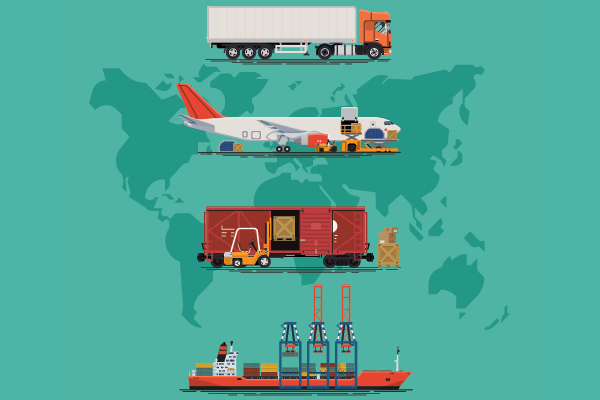
Train or Truck? Ocean or Air? Choosing the Right Mode
Here’s some practical advice for deciding how to ship your load, in normal and new normal times.
Read More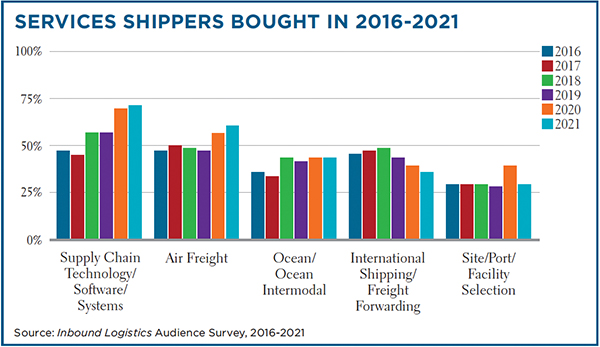
IL Exclusive Report: 5 Significant Service Trends
Which services are shippers buying, and what does that say about the current supply chain landscape? Take a look at five significant trends based on data from shippers responding to Inbound Logistics’ audience survey from July 2016 to July 2021: 1. Drop in site selection: The number of respondents making site, port, and facility selection […]
Read More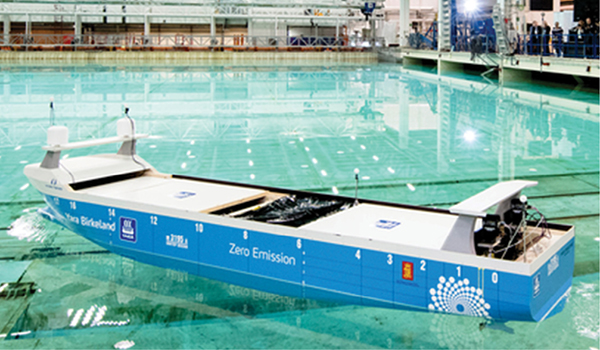
Fertilizer Company Launches Autonomous, Zero-Emission Vessel
In an effort to reduce its reliance on diesel trucks, Norway-based fertilizer company Yara International has developed the first autonomous, zero-emission cargo ship. The Yara Birkeland is fully autonomous in piloting as well as port operations, allowing the vessel to dock, tether, and begin the cargo transfer process on its own. Yara relies on diesel […]
Read More
Extreme Project Logistics: Take It to the Limit
Demanding logistics projects can bring out the best in teams as they band together to navigate an array of complex challenges.
Read MoreAnalyzing Congestion at U.S. Ports
Any operational disruptions in the maritime industry have significant effects on the entire ecosystem. Congestion at the ports, especially in southern California, has steadily increased as a result of massive volume increases.
Read More
Transportation Strategies: Weathering the Storm
While waiting for the pandemic to blow over, savvy shippers developed transportation strategies that are successful now and will protect them in times of future disruption, come rain or come shine.
Read More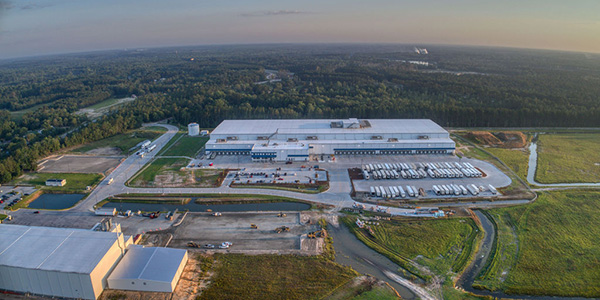
Americold’s Fresh New Facility Boosts Temperature-Controlled Trade Through the Port of Savannah
The Port of Savannah is Georgia’s gateway to the world—a critical conduit moving products to and from destinations around the globe. As the largest single-terminal container facility of its kind in North America and the third fastest-growing port in the nation, Savannah faced infrastructure challenges that required an investment to strengthen cold chain capabilities for […]
Read More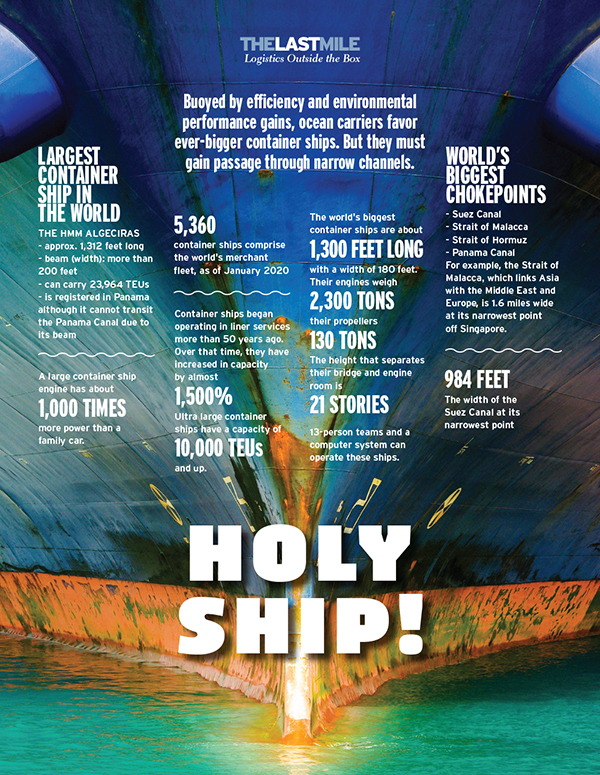

Manage Rates With On-Demand Quoting, Reverse Auction Tools
Q: Should shippers go to the spot market even when they have contracts? A: Shippers that have contracts, regardless of the mode, are seeing rates continue to climb. General rate increases are continuing in LTL and TL trucking, for example. So it’s a good idea to take advantage of the spot market for one-off loads […]
Read More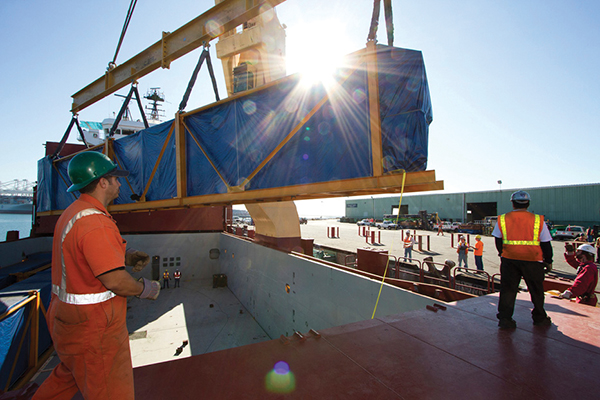
Port of Long Beach Loads Up on Business
As cargo volumes surged in the second half of 2020, essential workers at the Port of Long Beach in California moved 8.1 million cargo containers—its busiest year on record. The port ended the year with a 6.3% increase from 2019. Imports rose 6.4% to more than 3.9 million TEUs, exports increased 0.2% to 475,888 TEUs, […]
Read More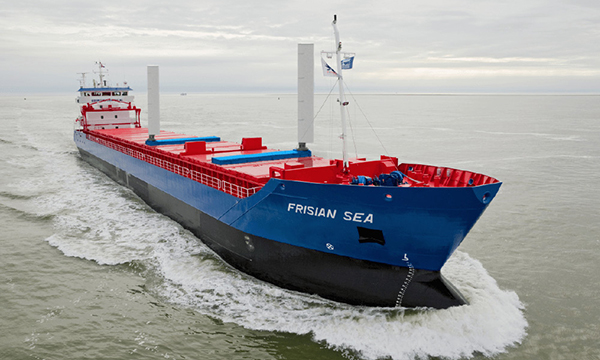
Sail Like the Wind
The Frisian Sea, a Dutch cargo ship, made its maiden voyage using two compact wind-assisted propulsion units that can be easily moved into position or stowed. The technology has the potential to improve operating efficiency and environmental performance in the shipping industry. The 388-foot vessel, owned by Boomsma Shipping, was retrofitted with eConowind’s VentiFoils wind […]
Read More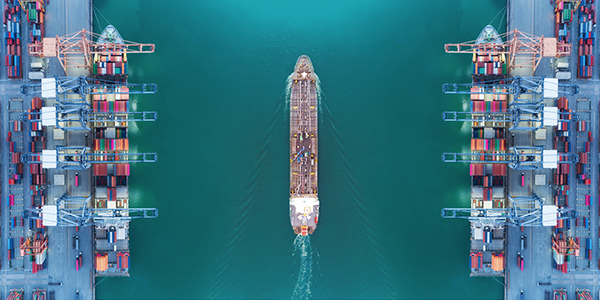
Coping With Blank Sailings, Surcharges & Spikes
From its position as a global third-party logistics provider, SEKO has unique insight into air and ocean trends. For one, global restocking is lowering the odds of a slack season in 2021, says Brian Bourke, the company’s chief growth officer. In a media call, SEKO execs shared their perspective on the following challenges facing manufacturers […]
Read More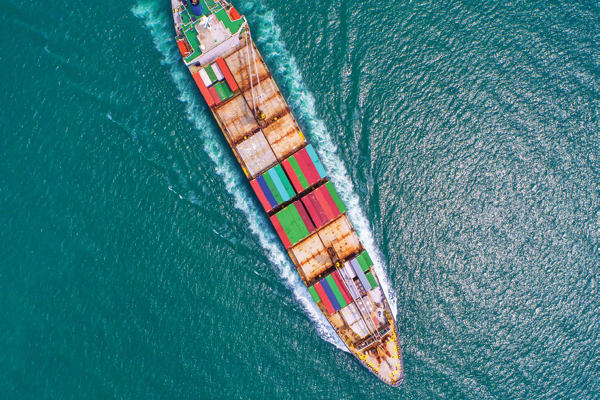
Maritime Logistics: Water Ya Gonna Do?
2020 created some choppy conditions for the maritime industry. But increasing volumes and new strategies and technologies point to a ship-shape future.
Read More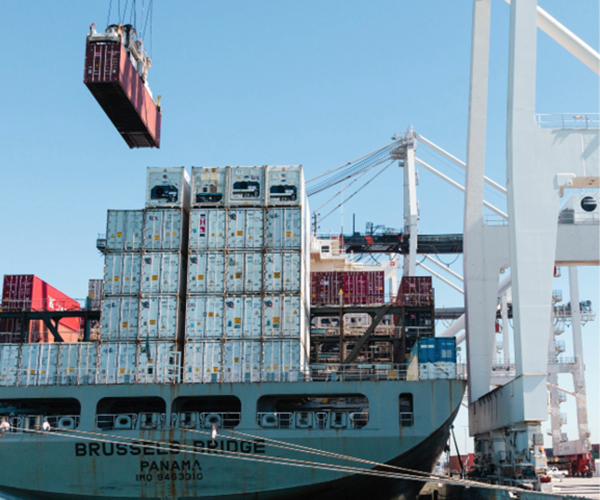
Maritime Logistics: Automate & Innovate
Marine ports load up on automation and digital innovation for fast, safe, and more efficient operations.
Read More
Finding the Sweet Spot for Export Resin Weights
Gulf Winds provided a lightweight equipment solution for a major chemical shipper that maximized product loading and achieved significant savings.
Read More